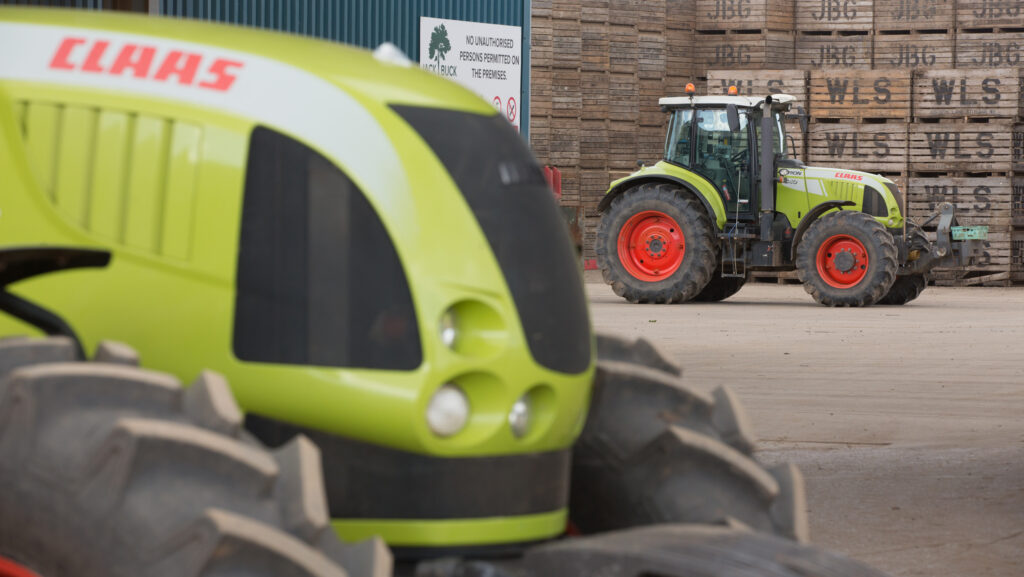Opinion: Big won’t be beautiful in the tough years ahead
 © Tim Scrivener
© Tim Scrivener I’m fed up of hearing the crowing from the rooftops that scale will be the saviour and only possible future for arable farming.
I wonder if these people’s calculators are broken, or perhaps they’ve run out of fag packets – because big ain’t going to be beautiful.
In the past five years in the East of England, we’ve had one terrible drought, two dry springs, one good one and one OK one.
Over our mixed soil types, let’s say terrible is 6t/ha of wheat and good is 8t/ha.
See also: Opinion – farming’s mistake has always been believing it’s different
Across 2,000 acres (810ha), our revenue from the terrible year was £528,000. In the good year it was £1,083,000.
Fluctuation in prices, as well as yield, contribute to this rollercoaster, but how as a business can you plan and budget for these swings?
What can we do if we get two terrible ones on the bounce?
Let’s take a quick look at the costs. Running machinery (labour, fuel, repairs and spares) – £180,000.
Seeds, fertilisers and sprays – £282,000. Overheads (insurance, office, training etc) – £72,500. A total of £534,500.
These costs are all rising with inflation. That leaves the machinery itself and rent.
Historically we’ve spent about £450,000/yr on these combined, and we have a reasonably modest machinery habit. A total of £984,500/yr.
Up until now we’ve had about £250,000 from government and private scheme funding and £150,000 profit from the sheep enterprise.
This has made it all work, although cashflow is incredibly tricky in the terrible years and in two years’ time, when all support and environmental schemes end, it won’t work anymore.
Our last cycle of machinery cost us about £420,000. To replace it all, this next cycle will be nearer £1,000,000.
Going forward, hire purchase deals for much greater principal sums and higher interest rates will finish businesses in terrible years.
We could renegotiate rents – they need to halve to have an impact and this will come, but there’s still deep denial among landowners and agents (and some farmers).
So rents halve, machinery doubles – and we’re no better off.
Farming, however, is so risky you have to have truly deep pockets to raise the stakes in the current climate
We could “Go big or go home” and add another 1,000 acres (405ha), but we’d need another person, our machinery would depreciate faster, and we’d need more cash to fund it, so pay more interest and increase the peaks and troughs of the cashflow, increasing the safety net required to see out a run of bad or terrible years.
And how do you build a safety net in the short time we have before the current one is whipped away?
Joseph Stalin said, “It takes more courage to retreat than advance”. And retreat we must to survive.
In a year that many are describing as the worst in their lifetime, it’s been OK financially – not because we have done anything better than anyone else but because reducing our area will give us a new operating cost of £474,500 and a more stable revenue of between £364,000 and £521,250.
With the sheep profit and Sustainable Farming Incentive (SFI), we are doing well – and will survive when SFI ends. The risk is much smaller, too.
Scale works for businesses without the unmitigable risk of weather to contend with.
Farming, however, is so risky you have to have truly deep pockets to raise the stakes in the current climate.

